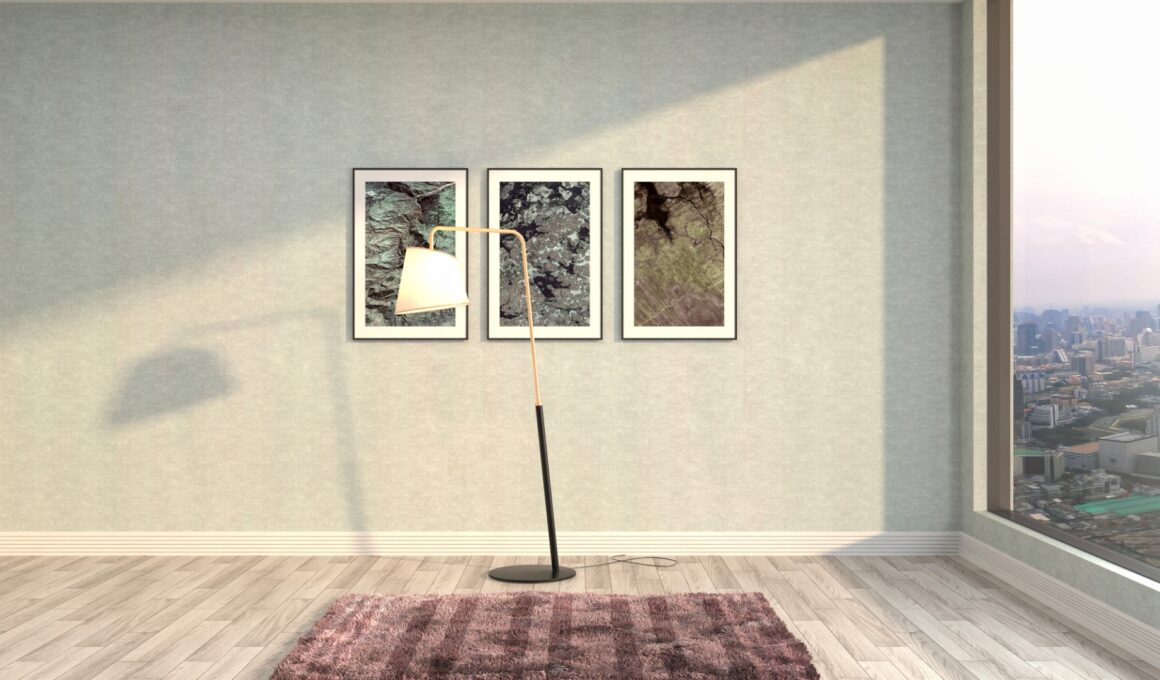Have you ever noticed how much you hate it when you see a wonky picture frame? For some people who are naturally anally retentive and ‘up-tight’ this will be enough to drive them absolutely crazy and will be a constant source of stress, but even for the rest of us ‘normal folk’ it’s still a little bit irritating. Likewise, it’s kind of annoying when we get a single scratch on a computer screen that leaves it asymmetrical, or when our cutlery isn’t quite straight… It’s like an itch that you can’t reach – only inside your brain.
In short, even if you’re not someone who generally gets upset by little details, you’re still going to prefer it when everything lines up and when everything is ‘in its right place’. In fact, if you look around the room, you’ll notice that this is a key principle in everything that humans design – from architecture to interior design. Tables are symmetrical and often placed parallel to one another. Windows are kept spotless, and even buildings are designed to ‘line up’. So why is that? What’s going on here?
Your Logical Brain
While there is no clear cut answer to this question, it is most likely down to our brain’s preference for organised information and aim to recognise patterns. Our ability to recognise patterns means that when looking at a sequence of numbers we can immediately identify why they’re changing in the amounts they are, and can then anticipate which number will come next. That’s incredibly useful today, but in the wild while we were evolving it would likely have had many important benefits too. For instance, the ability to recognise patterns can help with hunting – if we see three deer run behind a bush then our brain instinctively expects to see three deer emerge that are a similar distance apart. We can roughly anticipate at what speed those deer are likely to emerge and we can tell if one has waited behind or headed in another direction. Likewise, our ability to recognise patterns allows us to quickly learn the basics of physics – which in turn can help us to throw with precise aim and timing, or to catch objects that are thrown to us. This may even provide some of the basis for human speech, and for our ability to keep to a rhythm when playing music.
Our brain likes to categorise and organise information then because it has evolved to do so, and because it then makes it easier for us to work with.
Incongruence
Thus, when we see some information that is not organised, but is arranged chaotically with no reference point, that upsets us on a psychological level because it is incongruent with the kind of patterns we expect to see. And it doesn’t help that so much of the interior design, architecture and artwork that we encounter on a daily basis conforms to this symmetry and alignment – this only serves to further enforce our expectations.




